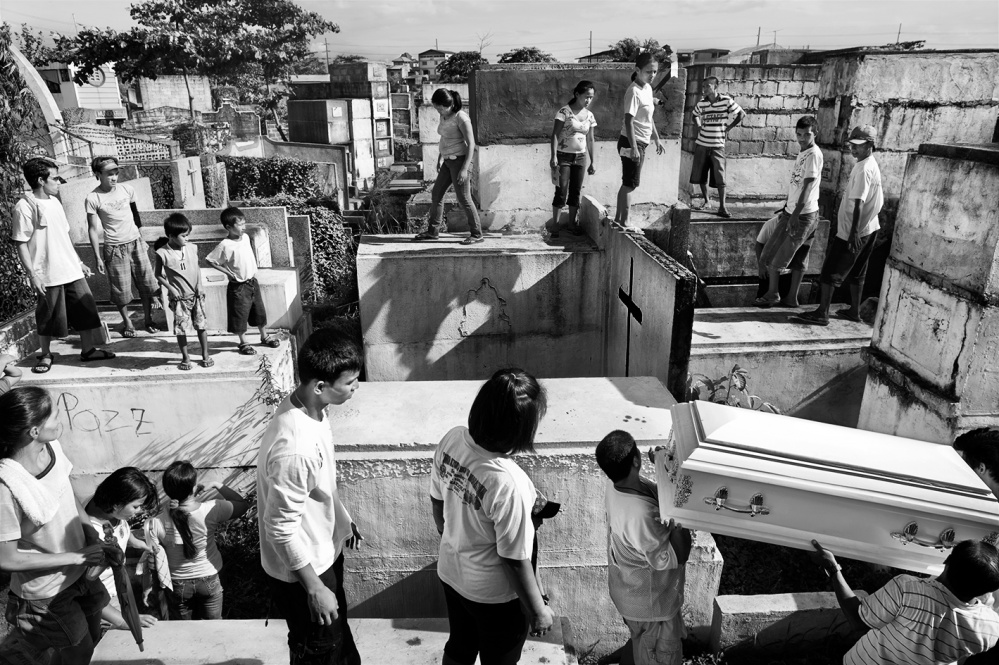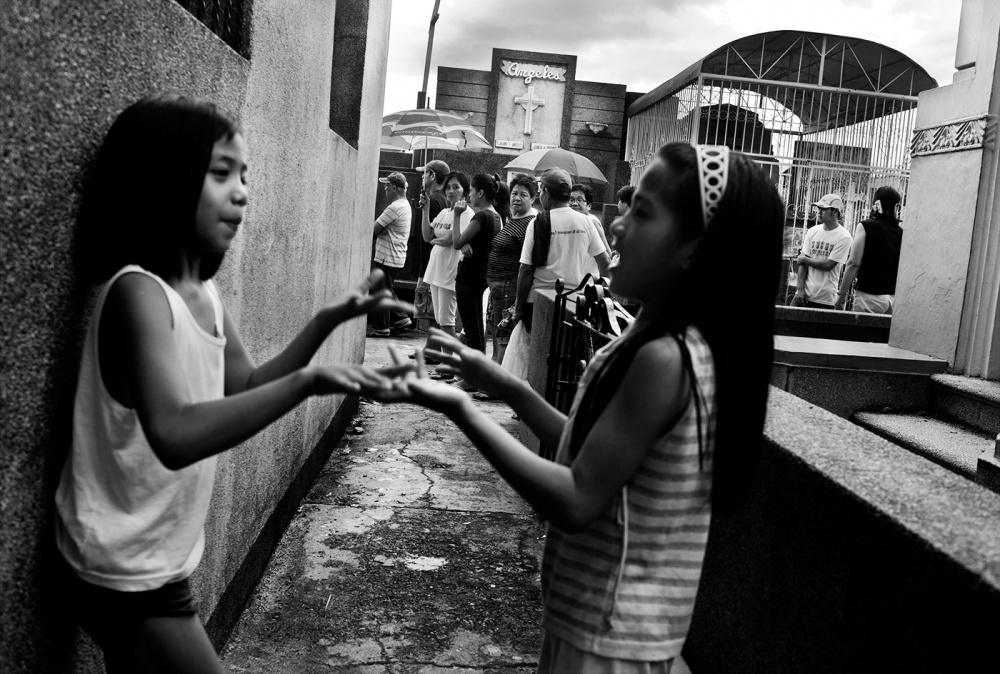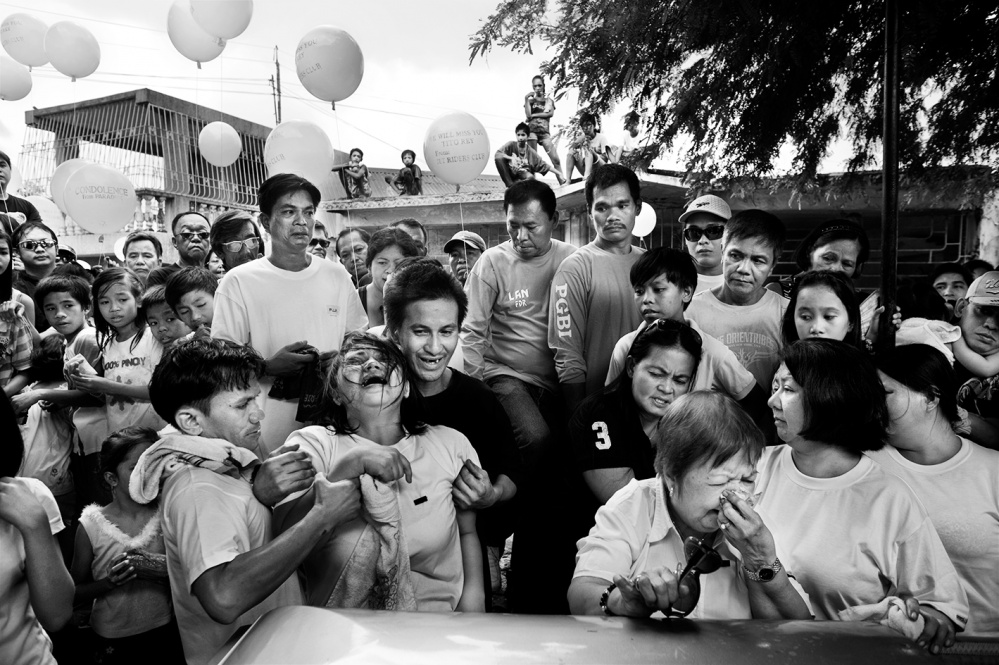Metro Manila, the regional capital of the Philippines has a total land area of 636 square kilometer and a population of roughly 12 million by day and 10 million by night. The 2 million during the day live in nearby provinces whose work or sources of generating income are all located in Metro Manila. Nearly half of the residents of the regional capital’s monthly household income are below US$400.00. In a supposedly highly urbanized regional capital, living and surviving is a day-to-day struggle, and most face the harsh reality of making both ends meet through the most unconventional manner.
Largely crowded and overpopulated, Metro Manila serves as a beacon of hope & a promise for a better life for countless wandering hopefuls from near and distant provinces who travel by land or sea from among the Philippines’ countless. Urban developing and planning failed to make headway since the Philippines’ capital region survived the destruction from the Second World War. Houses and commercial establishments bloomed in every remaining open space from then up to now. Families who can not afford decent housing built their make shift shanties in private and government owned lands, including river sides and for some even under the bridges.
For a handful of families, there are those who do not thread in fear nor fear the “wrath” of the dead and found a place to call home among and along the crypts of the dead. In most places close to midnight, cemeteries are empty and barren places but in some cemeteries in Metro Manila, the living finds a living in the dark corner alleys of these cemeteries.
In the oldest cemetery in the capital city of Manila, the Manila North Cemetery was built as far away as possible from then old Manila isolated in a fortification South West of the mouth of the Pasig River. In the cemetery where Philippine presidents, artists and heroes of long are buried, countless families “secretly” build their own village for the living among the dead. Most families have built a means to generate income from within the enclosed, walled cemetery by doing retail of basic goods, proving personal services as a grave digger, grave caretaker, tradesman for tombstones or even doing flower arranging. There are others who live in the cemetery solely because they do not have a home but opted instead to live beside their beloved loved one who passed on.
In the city of Navotas, what was once a small former fishing outpost for old Manila, with a land area of only 2.9 square kilometer hosts a small unplanned cemetery that was opened less than a century ago. Originally built some 10 meters from the old shoreline facing Manila Bay, the cemetery is open for the nearly 400,000 residents of the city. Navotas is often submerged in water as a result of the tropical rains or by high tide. What was once an isolated cemetery by the beach, it is now overcrowded with people, makeshift homes. The old beach is no longer there and close to 1,500 meters into what was once the sea are houses, no longer the place teeming with fish-catch of the day but of children playing and running around.
The Navotas Public Cemetery is almost half a hectare in size, the once graveyard plots in the ground are now either below water or covered by towering apartment sized crypts to accommodate the city’s dead residents. The cemetery is also home for some who can not afford a space in the shanty areas. Here, the cemetery is a like a microcosm of society where one can find all types of people one can find in society.
Others make no difference of where they live. The cemetery for them is the same if one even lives in a high-class gated village since for these people, they fear not the dead but instead fear more of what the living would do to them.







































